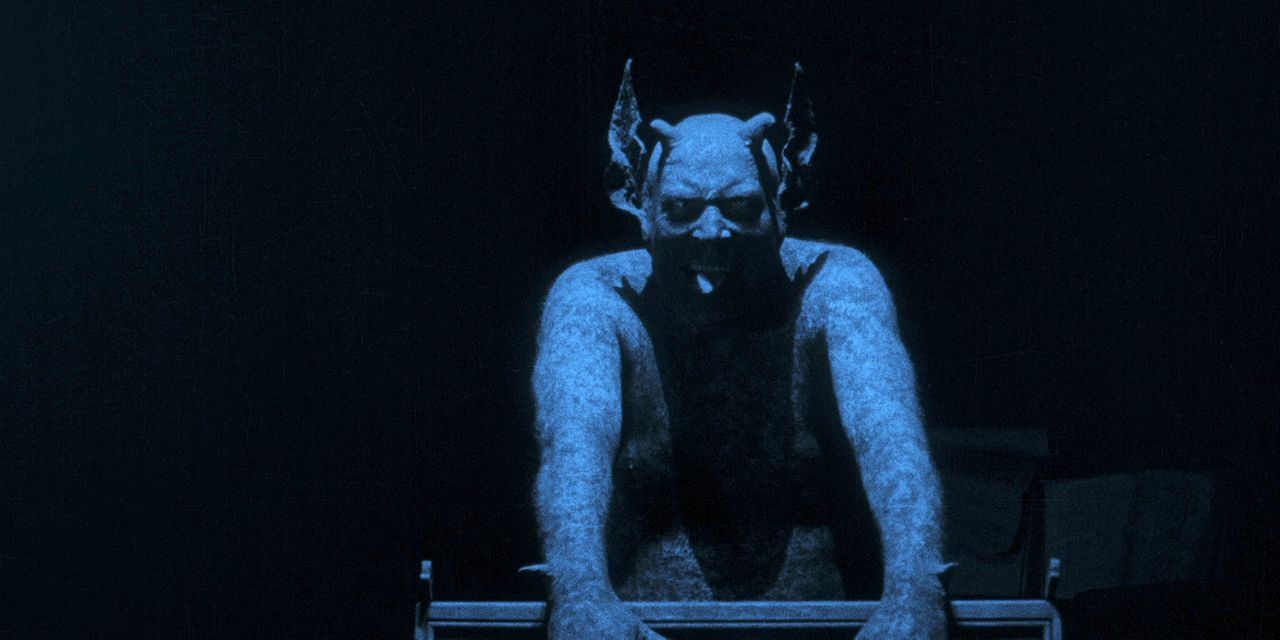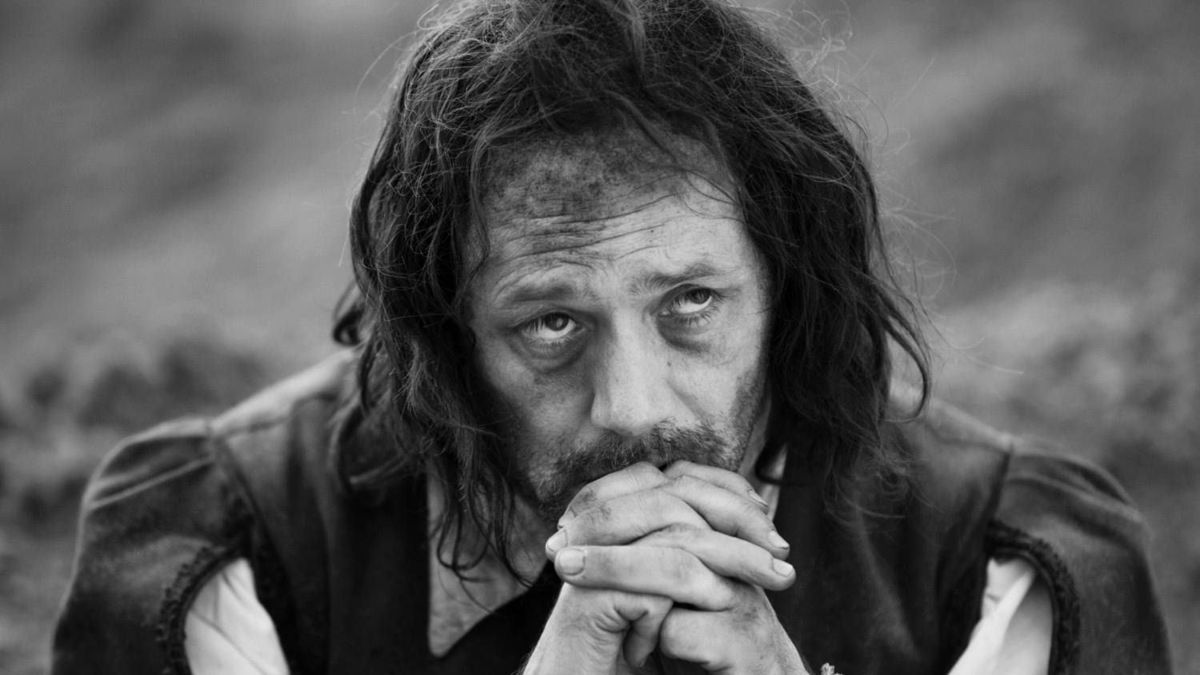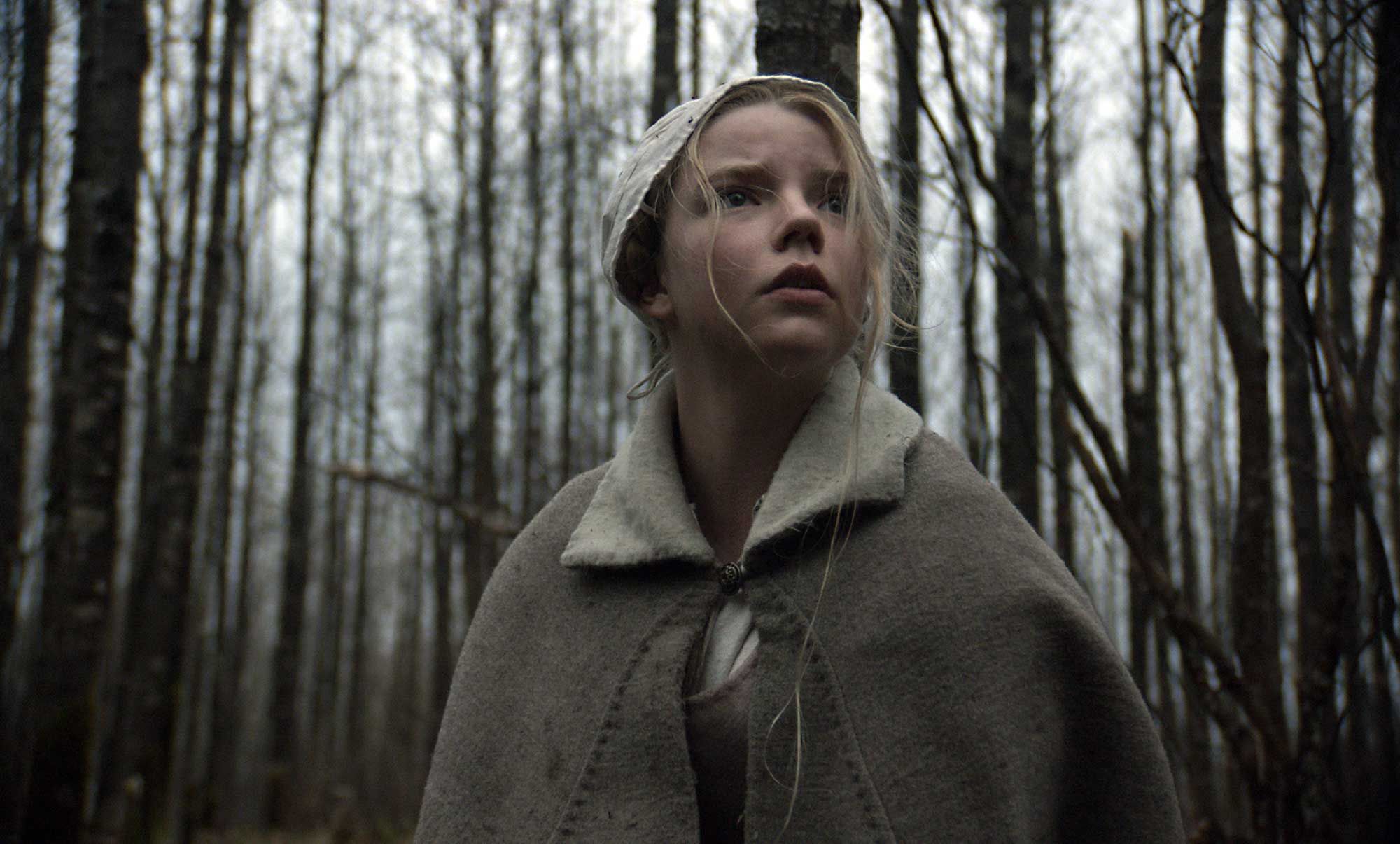The term 'folk horror' was first used by Piers Haggard to describe his classic The Blood on Satan's Claw. Mark Gatiss later used it in his documentary A History of Horror to refer to a string of British horror films from the 1970s. These films have since become affectionately known as the 'Unholy Trilogy' of folk horror: The Wicker Man, Witchfinder General and The Blood on Satan's Claw. The subgenre was formed in hindsight, not truly recognized until a modern revival brought the themes of cults, isolation, landscape and folk belief to modern audiences. For those curious about the subgenre, here are some must-watch movies that provide a broad overview of the world of folk horror.
Midsommar Brought Director Ari Aster together with Florence Pugh
Following the death of her parents, Dani (Florence Pugh) travels with her boyfriend Christian (Jack Reynor) and a group of friends to Sweden. Journeying to a remote Swedish village to witness a midsummer celebration, the group quickly becomes entangled in the cult-like community before meeting a grisly end. Directed by Ari Aster, 2019's Midsommar was distributed by folk horror powerhouse A24 and arguably kick-started the modern folk horror revival. Drawing on Swedish folklore, Aster subverts many classic horror tropes while still paying tribute to previous folk horror movies. Perfectly balancing drama with horror, the moments of terror truly take the audience unaware, and the gore is always gut-wrenchingly surprising.
The Wicker Man, The 1973 British Classic Starring Christopher Lee
The paradigm of the genre, Robin Hardy's classic, The Wicker Man, terrified audiences in 1973 and is still influencing movies to this day. Police Sergeant Neil Howie (Edward Woodward) travels to Summerisle, a remote Scottish island, to investigate a missing girl. Upon his arrival, he discovers the locals are preparing for a May Day celebration under the watchful eye of the sinister Lord Summerisle (Christopher Lee). As Howie investigates, he finds that the islanders have adopted a form of Paganism that disturbs the devoutly Catholic Howie. Hardy horrifyingly interprets British folklore, lifting many scenes from James Frazer's account of European folk tradition, The Golden Bough. An unsettling May Pole scene and fire dancing sequence have become so quintessentially folk horror that reinterpretations can be observed throughout the genre, most notably in Midsommar. Paul Giovanni's score is a particular highlight, masterfully combining traditional tunes with contemporary folk music.
Netflix's Apostle Starred Dan Stevens and a Scary Micheal Sheen
Traveling to a small community on a remote Welsh island, Apostle focuses on Thomas (Dan Stevens) searching for his missing sister, who has been kidnaped and is being held for ransom by the islanders. Thomas infiltrates the community by posing as a convert, where he meets the enigmatic leader, Malcolm Howe (Michael Sheen). Malcolm informs Thomas of the cult's belief that their land was made fertile for farming through blood sacrifice, endowing Sheen with an opportunity to portray a truly unsettling character. A slow-burn, atmospheric movie, Apostle effectively cultivates its tone, building its tension exponentially. Toying with the genre's themes of Paganism and Christianity vying for cultural dominance and a belief in a 'Harvest Spirit,' Gareth Evans's 2018 period horror piece is a necessary inclusion in folk horror studies.
Estonian Fairy Tales Are Turned Horrifying and Beautiful in November
Based on a compilation of Estonian folk tales, Rainer Sarnet's 2017 masterpiece exemplifies the connection between folk tales and folk horror. Indeed, some have previously noted a prevalent tone in folk horror movies is that of a sinister fairy-tale. Combined with the black and white visuals, some aided by the stark use of infra-red cameras, November employs a magical tone that is as beautiful as it is unnerving. Set in a 19th-century Estonian peasant village, the plot centers around the young Hans, who, despite being previously betrothed to Liina, falls madly in love with the daughter of the local landowner. As Liina turns to witchcraft to reclaim her love, their fellow villagers are faced with the return of the dead on All Souls' Day, a plague infestation warded off by placing their trousers on their heads and kratts, which are mythical servants made of bones and discarded machinery.
Häxan Has Provided 100 Years of Witchcraft and Folk Horror
The 1922 Swedish documentary about witchcraft has been a horror cult classic for years. Since the recent revival of folk horror, many now consider Häxan the first movie in the subgenre. Released in 1922 as a film essay, Häxan was written and directed by Benjamin Christensen to depict the history of witchcraft from the Middle Ages to the 20th century. Using a combination of historical sources in a documentary style and narrative dramatizations, Christensen's movie inadvertently became a must-see for horror movie buffs through its highly unnerving imagery and chiaroscuro style. The whole effect is compounded by the aging film stock, which only adds to its otherworldliness. Depicting live-action scenes taken straight from a Medieval witch-hunting guide, watching Häxan with modern eyes truly highlights the connection between folk horror and historical folk belief.
A Field in England Is Ben Wheatley's Psychedelic Trip Into the Past
Fleeing from battle during the English Civil War of the 17th Century, four men venture through the English countryside in search of freedom and an alehouse. After stumbling upon a trove of magic mushrooms, the men are soon captured by a sinister alchemist (Michael Smiley), who believes a great treasure is buried under the field. Directed by Ben Wheatley (Sightseers), 2013's A Field in England is a psychedelic ride that challenges its viewers with complex visuals and an oppressive, rich score. One particularly distressing scene depicts an entranced Reece Shearsmith emerging from a tent under the control of the alchemist. Fully exploiting the use of black and white visuals, the scene manages to be horrifying through performance and style alone. Highly complex and layered, Wheatley's masterpiece is a must-see.
The Witch Was Robert Eggers' First Historical Horror Movie
Robert Eggers has quickly become one of the most highly regarded directors in the folk horror genre. Eggers' work includes The Lighthouse and the recent The Northman, which saw him reunite with the star of his breakout hit, 2015's The Witch. After her family is banished from a New England colony, Thomasin (Anya Taylor-Joy) and her family move to the edge of an ominous forest. Following the disappearance of her youngest brother, Thomasin's family believes there is a witch residing in the woods and targeting the family. Slowly, the family begins to break down as tragedy follows tragedy, all under the watchful eye of the family's infernal pet goat, Black Phillip. Eggers employs a tone that feels as gradual as it is shocking, with a muted color palette and focus on historical accuracy that will carry throughout Eggers' career. The Witch not only demonstrates the beginnings of Eggers' work but has also set a tone to which most modern folk horror films adhere.

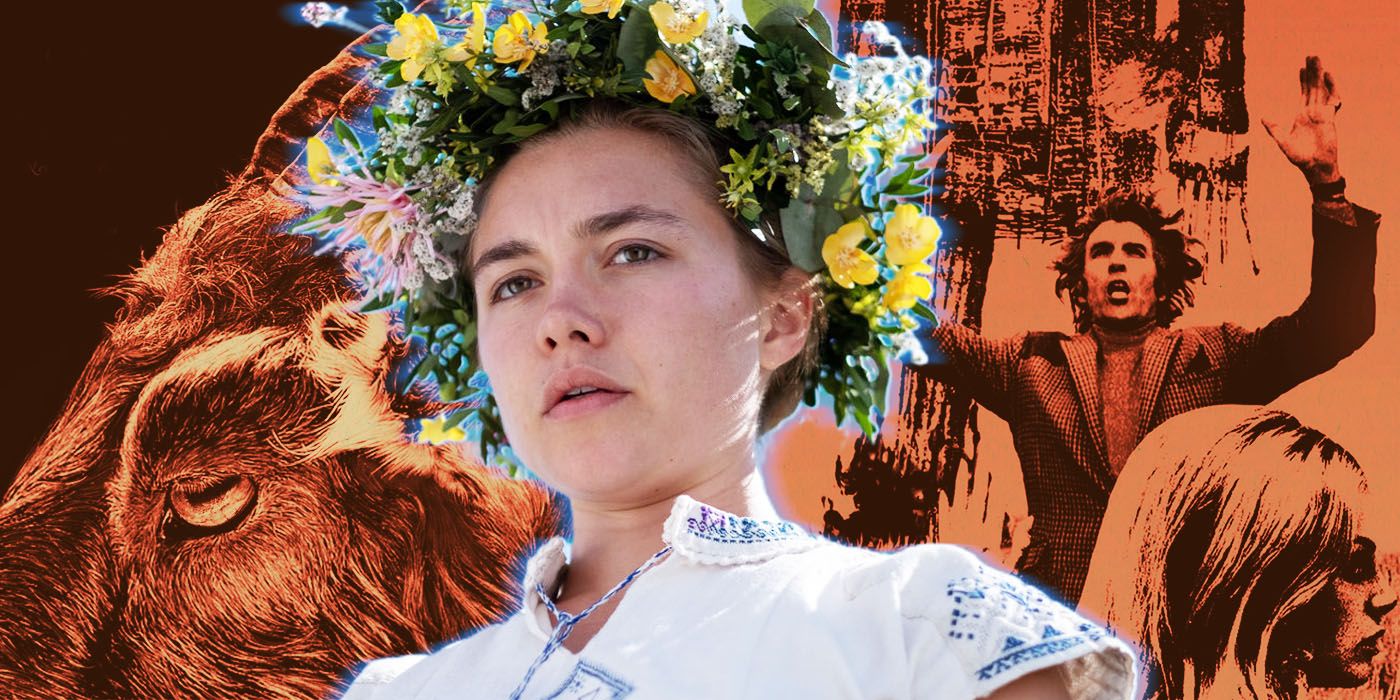
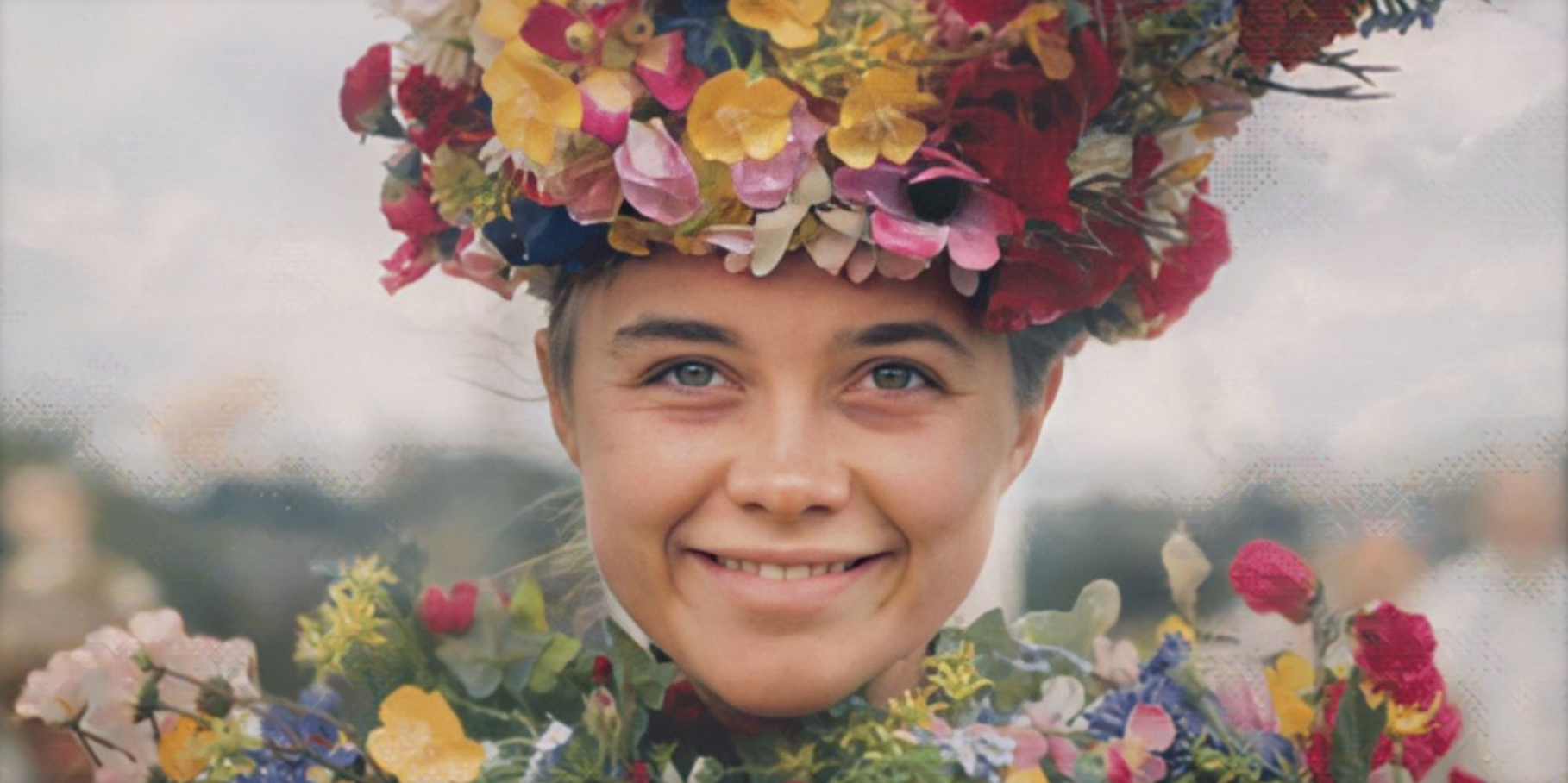
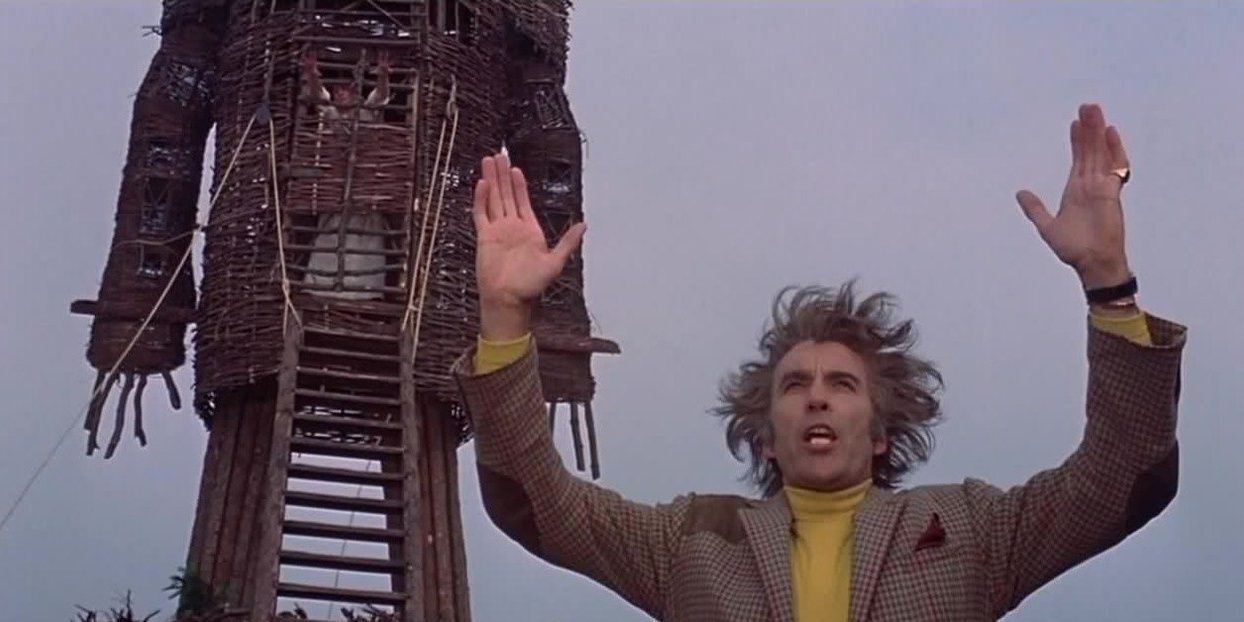
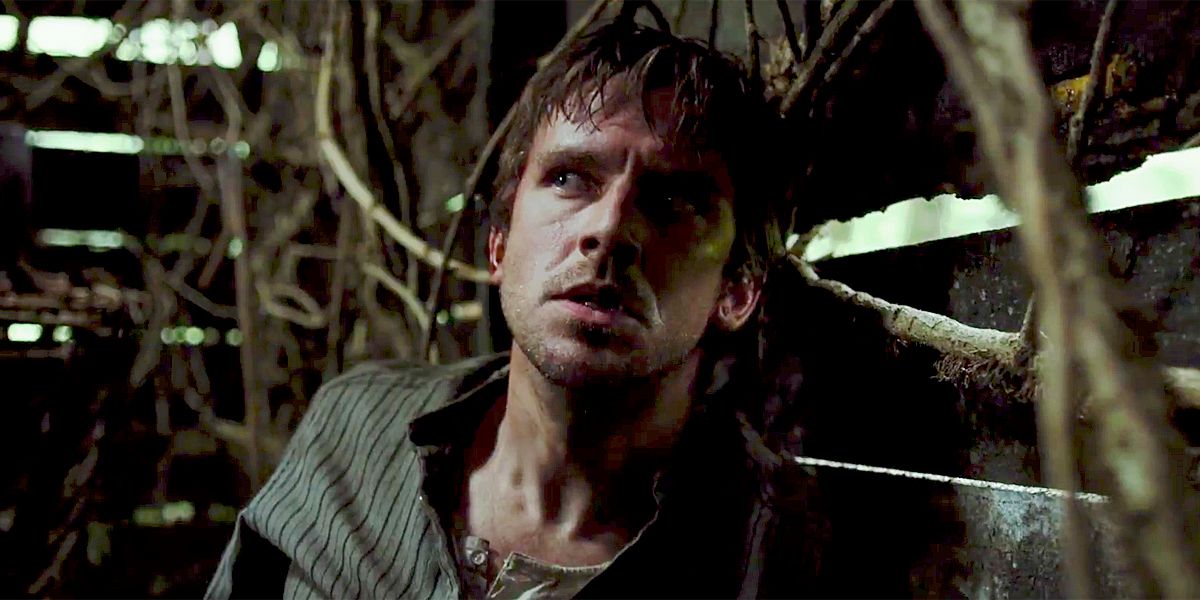
.jpg)
